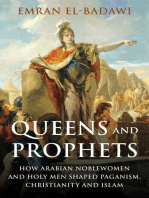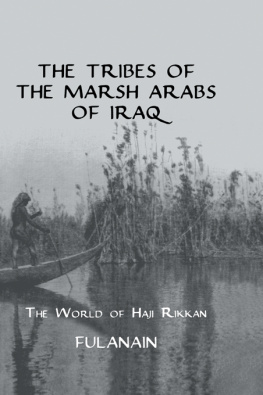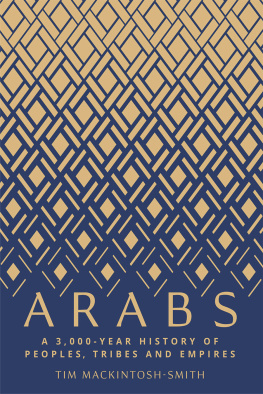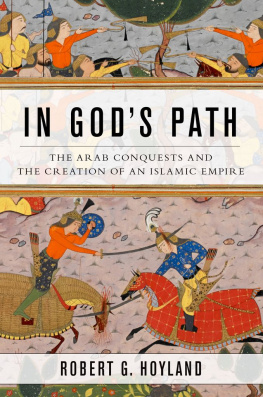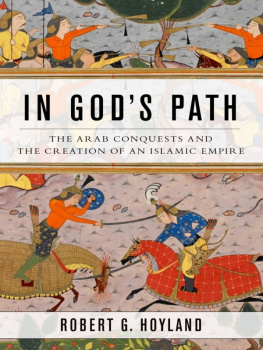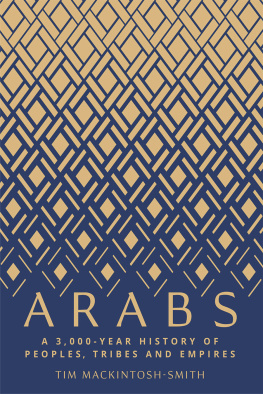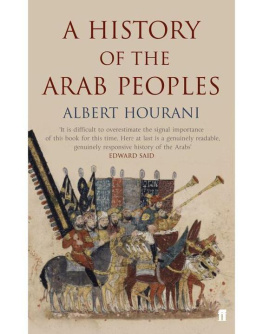First published in Great Britain in 1969 by George Allen and Unwin Ltd
This edition first published in 2016
by Routledge
2 Park Square, Milton Park, Abingdon, Oxon OX14 4RN
and by Routledge
711 Third Avenue, New York, NY 10017
Routledge is an imprint of the Taylor & Francis Group, an informa business
1967 Joel Carmichael
All rights reserved. No part of this book may be reprinted or reproduced or utilised in any form or by any electronic, mechanical, or other means, now known or hereafter invented, including photocopying and recording, or in any information storage or retrieval system, without permission in writing from the publishers.
Trademark notice: Product or corporate names may be trademarks or registered trademarks, and are used only for identification and explanation without intent to infringe.
British Library Cataloguing in Publication Data
A catalogue record for this book is available from the British Library
ISBN: 978-1-138-19040-5 (Set)
ISBN: 978-1-315-62817-2 (Set) (ebk)
ISBN: 978-1-138-19225-6 (Volume 19) (hbk)
Publishers Note
The publisher has gone to great lengths to ensure the quality of this reprint but points out that some imperfections in the original copies may be apparent.
Disclaimer
The publisher has made every effort to trace copyright holders and would welcome correspondence from those they have been unable to trace.
FIRST PUBLISHED IN GREAT BRITAIN IN 1969
This book is copyright under the Berne Convention. Apart from any fair dealing for the purpose of private study, research, criticism or review, as permitted under the Copyright Act, 1956, no portion may be reproduced by any process without written permission. Enquiries should be addressed to the publishers.
Joel Carmichael, 1967
SBN 04 572017 7
A few paragraphs from the Prologue and the Epilogue have appeared in Foreign Affairs and Problems of Communism.
PRINTED IN GREAT BRITAIN
BY PHOTOLITHOGRAPHY
UNWIN BROTHERS LIMITED
WORKING AND LONDON
T HE word Arab is ambiguous. That is because Islam, which has only recently become Westernized, does not recognize distinctions of nations or races as important. It is Islam that constitutes an all-embracing community for its adherents. Since the overwhelming majority of Arabs are Muslim, the Western concept of nationality has had to compete with the religious concept of Islam as a locus of crystallization for group feeling. The consequence is that Islam contains a welter of ethnic types that also permeate the Arab world, types ethnically distinct only to the mind of a Westerner preoccupied with differences of race and nationality.
It has not been possible for a thousand years and more to speak of an Arab community based on any biological similarities. Even at the time the Arabs burst out of their peninsula, they do not appear to have been a physically homogeneous stock. But whatever their unity may have been founded on at that time, the combined effects of Islam and the persistently nomadic movements of Arabs throughout north, central, and east Africa have converted the Arabic-speaking world into a genuine melting pot in which all origins are forgotten, or, rather, all origins are granted a more or less fictitious Arab character. At present if one were told that a given individual was an Arab, one would not know in advance whether he was coal-black, blond, tall, or short.
From the point of view of nationalism, the most concrete achievement of the Muslim conquests, initially borne abroad by Bedouin (the original meaning of Arab), was the spread of Arabic. The Arabs language and literature created a vast cultural unity. The Arabs language, at the height of Islam merely the learned language of the universal Islamic society, eventually contracted with the political decay of Islam to the confines of populations speaking it as a vernacularpopulations in which there existed scarcely more than a few drops of Arab blood in the old sense.
More than 4.5 million square miles in Africa and Asia are Arabic-speaking; the extent of this area is the background for the equivocal character of the word Arab.
The definition so often strained for is in reality a metaphysical distinction, a definition shaped to fit into some sort of logical scheme. There is no need for such a definition. What is required is precision in referring to certain living individuals and communities who are called or call themselves Arabs. For most purposes it will be found that the best criterion is language, with the exception of certain communities in whose case some other criterion acquires decisive importance, such as the Jews and some other minorities. This definition will comprise the Arabian Peninsula, Iraq, Syria, Jordan, Egypt, the Sudan (with the exception of the pagan Negro region in the south), Libya, Tunisia, Algeria, and Morocco (perhaps debatable, because of the strong Berber population). There are of course borderline cases, as in the Somalilands.
Every physical type is represented in Arab communities. Some are entirely white; some are almost entirely black. The Hijaz is one of the most racially mixed communities on earth; Mecca has been a city of mulattoes and quadroons, of all racial blends, since the fourteenth century.
This book is essentially an attempt to outline the profile, so to speak, of an ethnic community as it has changed from the beginning, some thirteen hundred years ago, through the Middle Ages down to the present day.
As the Arabs gave birth to Islam, so they were, in a way, formed by it. Yet, as we know, they are not at all coextensive with it. Accordingly, I have tried to extricate them from the far larger community of Islam, and so have concentrated on the fortunes of people who may be or have been called Arabs, and have described the shifting point of view from which the word itself would be meaningful, both to ourselves and to the people it has referred to.
An Arab today, in short, is not what an Arab has been over the centuries. I hope this book will convey the dynamics of both the continuity of the word and its changing significance.



